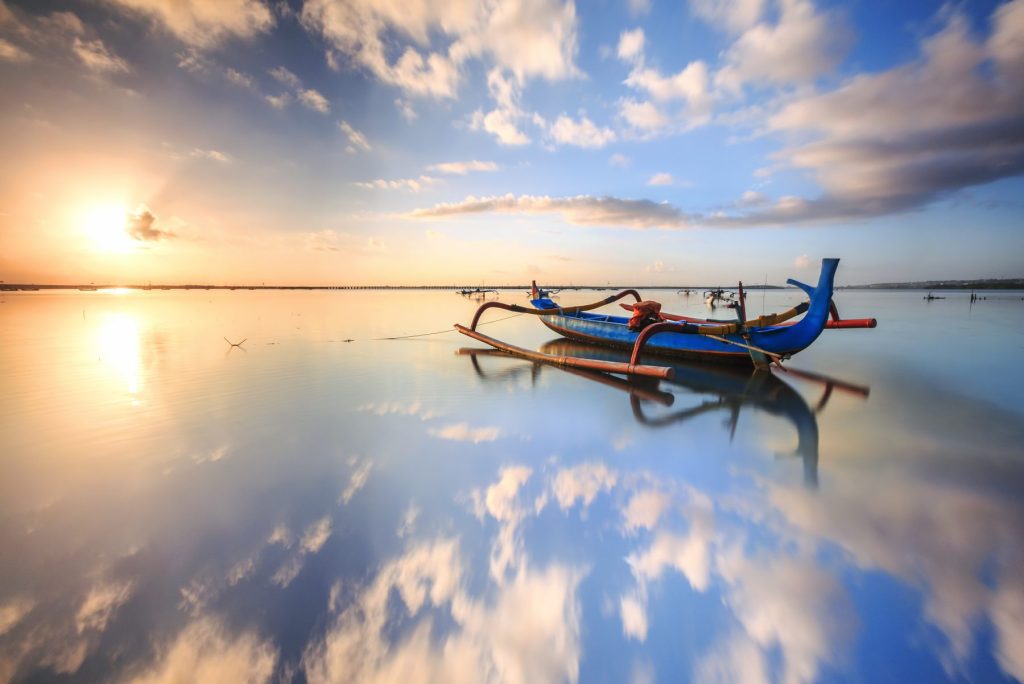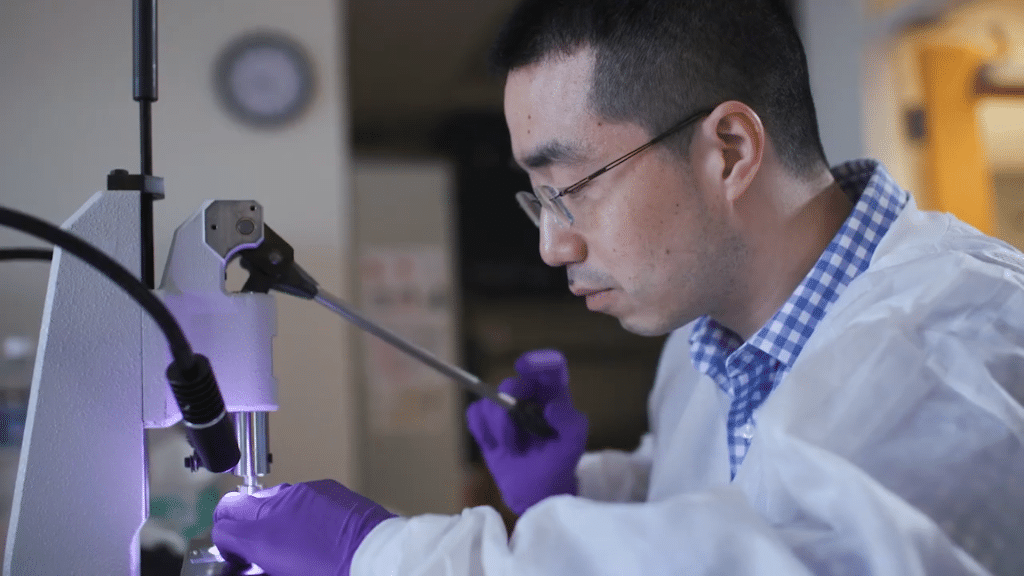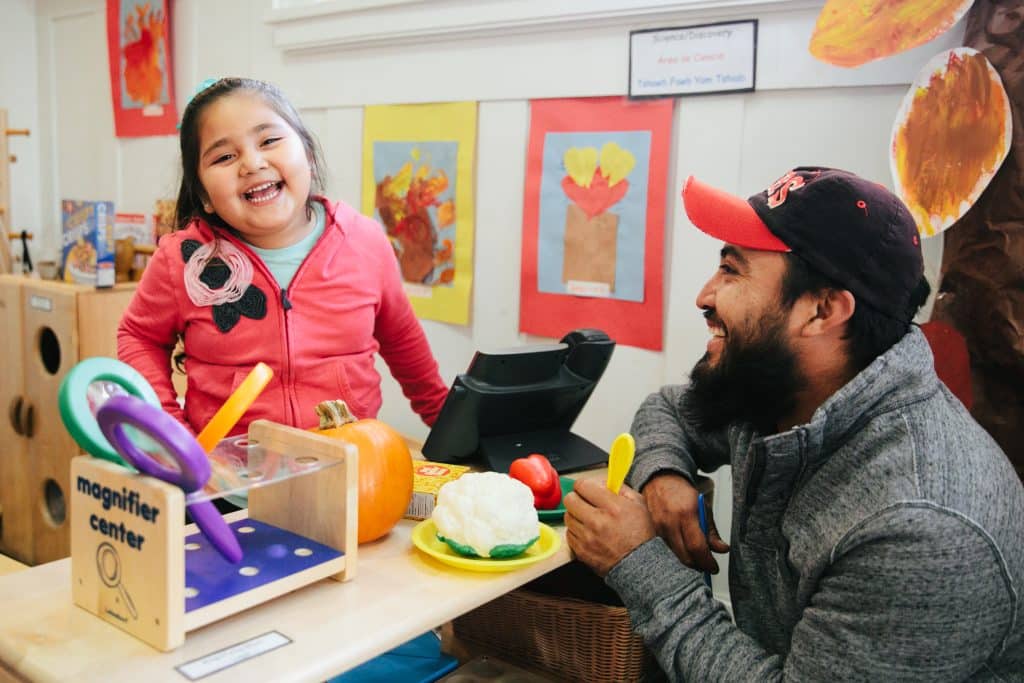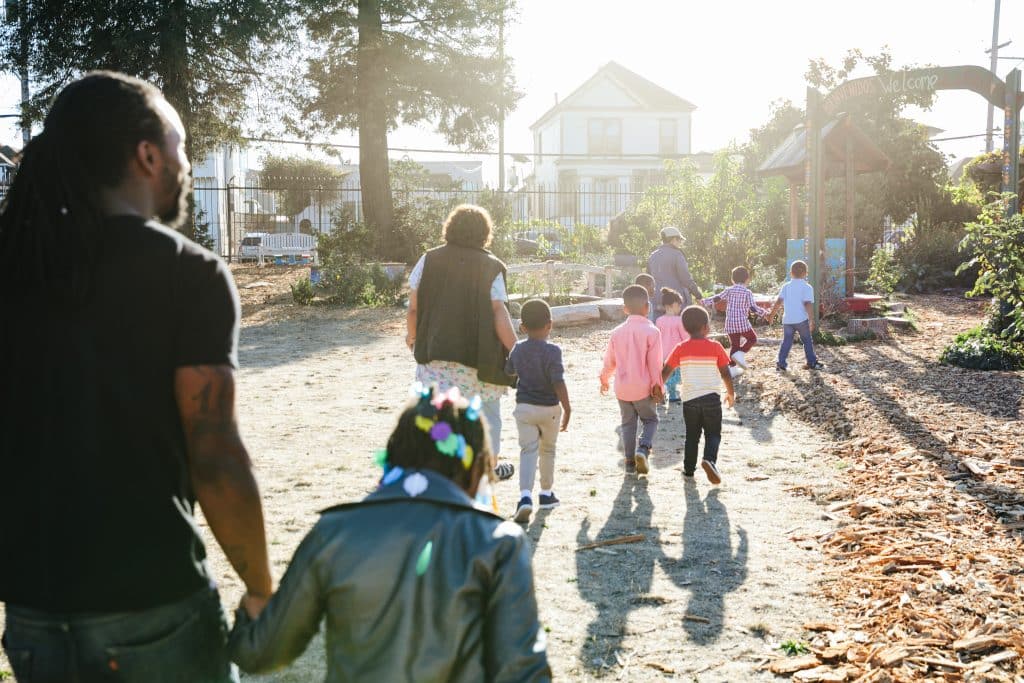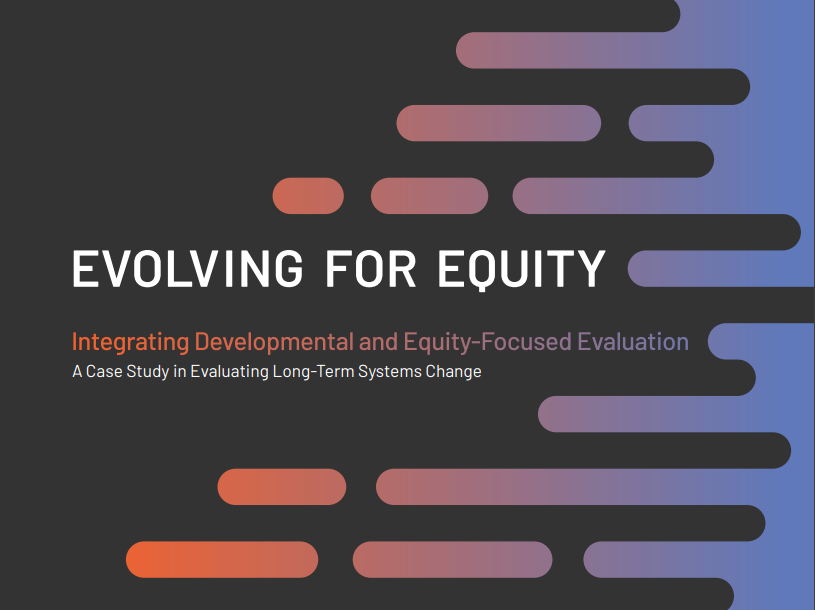As the Packard Foundation works to more intentionally weave together human well-being and ocean health, we are sharing a series of perspective pieces written by our grantees. These stories highlight their efforts to manage ocean resources in a more just and equitable way to improve outcomes for the ocean and the people who depend on it.
The following post is written by Heidy Orozco, executive director, Nuiwari
The poet Julio Huasi wrote, “Prójimo, o nos aprojimámos o nos desnacen.” Although there is no direct translation, it comes close to, “Neighbor, we either come together, or they erase us.”
This quote cuts to the core of Nuiwari’s approach.
As a socio-environmental organization, we share objective information with Indigenous peoples and local communities in the western coastal region of Mexico about the impact proposed development projects could have on their life systems and cultural heritage. We then work with them to raise their voices and make sure they have a say in how their lands are managed.
In 2014, the Federal Commission of Electricity (CFE) of Mexico proposed Las Cruces hydroelectric dam to meet increased demand for electricity throughout the west coast region of Mexico while reducing greenhouse gas emissions. Proponents of the dam, to be located on the San Pedro Mezquital River in the state of Nayarit, lauded the project as an opportunity to not only mitigate the impact of climate change, but also create jobs and draw revenue to improve local services, including health and education systems.

Good for the environment and the economy? On the surface, it sounded like a great deal. But there was more to the story.
Downstream, Marismas Nacionales – one of Mexico’s most important natural protected areas – hosts the largest mangrove reservation on Mexico’s Pacific coast. From protecting the area for coastal erosion to promoting carbon sequestration, these mangroves provide a wide range of ecosystem services to the surrounding community – and they rely on flooding and sediment from the San Pedro. The dam would upset this ecosystem.
For Indigenous communities in the region, including the Náyeri and Wixárika, the project also brought the risk of displacement and threatened to impact local fisheries and damage sacred sites.
This is where Nuiwari comes in. Highlighting the connection between a healthy environment, the economic well-being of communities, and cultural heritage, Nuiwari brings communities together to identify common interests and develop a plan for defending their territory and way of life. This work hinges on collaboration between councils of elders, local authorities, and community organizations. To foster collaboration, Nuiwari links individuals, organizations, groups, networks, and educational and governmental institutions that share a common goal and commitment to preserving local cultural heritage.
Once communities have a plan, we help them build the skills they need to move it forward using citizen participation, community organizing, and conflict management. Within these communities, we also work to lift up all voices, including creating space for women to participate in matters of community interest.
In response to Las Cruces, the Náyeri people developed a watershed vision that assessed the impact of the hydroelectric project on their land and culture and mapped a strategy for conserving their biocultural heritage and defending their territory. Their assembly faced down immense pressure from multiple political and economic interests, including major extractive industries that have much to gain from this type of development, and adopted the strategy. With limited access to technology and media, the community’s ability to secure widespread buy-in for the strategy was a major accomplishment.
There is a big difference between legality and justice, but sometimes the two come together. After a years-long legal appeal filed by the Wixárica people, a Constitutional Court ruled to suspend construction of Las Cruces dam. The ruling was based on the acknowledgement of the human rights violation against the Indigenous communities of Nayarit.
It will only be a matter of time before someone puts a new name on the project and tries again. But, when that happens, Indigenous peoples throughout the region, local communities, and the Permanent Assembly in Defense of the San Pedro River and Our Territories will be ready. They understand what the dam would mean for their cultural sites and their way of life – including the risk of displacement – and they know how to mobilize a strong network of opposition to defend their territory from whatever the next hydroelectric project is called.
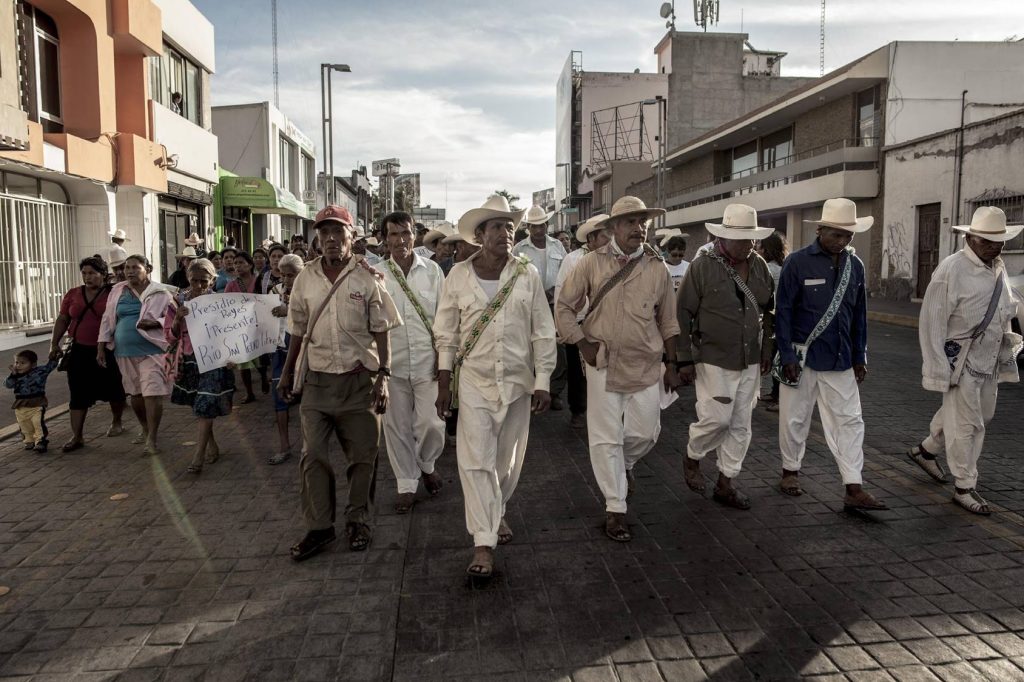
Those working against us try to label us as “anti-development,” but that is not what Nuiwari stands for. We are about ensuring that communities most impacted by development understand what is at stake and are empowered to raise their voices in support of what they ultimately believe is in their own best interest. For the majority of the Indigenous peoples and local communities we work with, their drive to protect their bioculture reflects their relationship with nature, not a conservation objective.
Over the past decade, we have expanded our strategic alliances, partnerships, and collaborations with organizations and networks that share this approach. Going forward, we believe these connections will strengthen our ability to support the self-determination of Indigenous peoples and local communities and prevent their life systems and cultural heritage from being erased.
Centro para el Desarrollo Social y la Sustentabilidad Nuiwari, A.C. (Nuiwari) works to enable community organizing and strengthen local capacity in the southern Marismas Nacionales region of Mexico to address environmental threats and to build sustainable development processes. Nuiwari’s theory of change is based on the premise that if local communities know and fully understand the socio-environmental consequences of development projects proposed for the region, and they are organized to participate and have a more significant impact on their territory’s management, then they will make better decisions regarding environmental health and their communities’ well-being.
